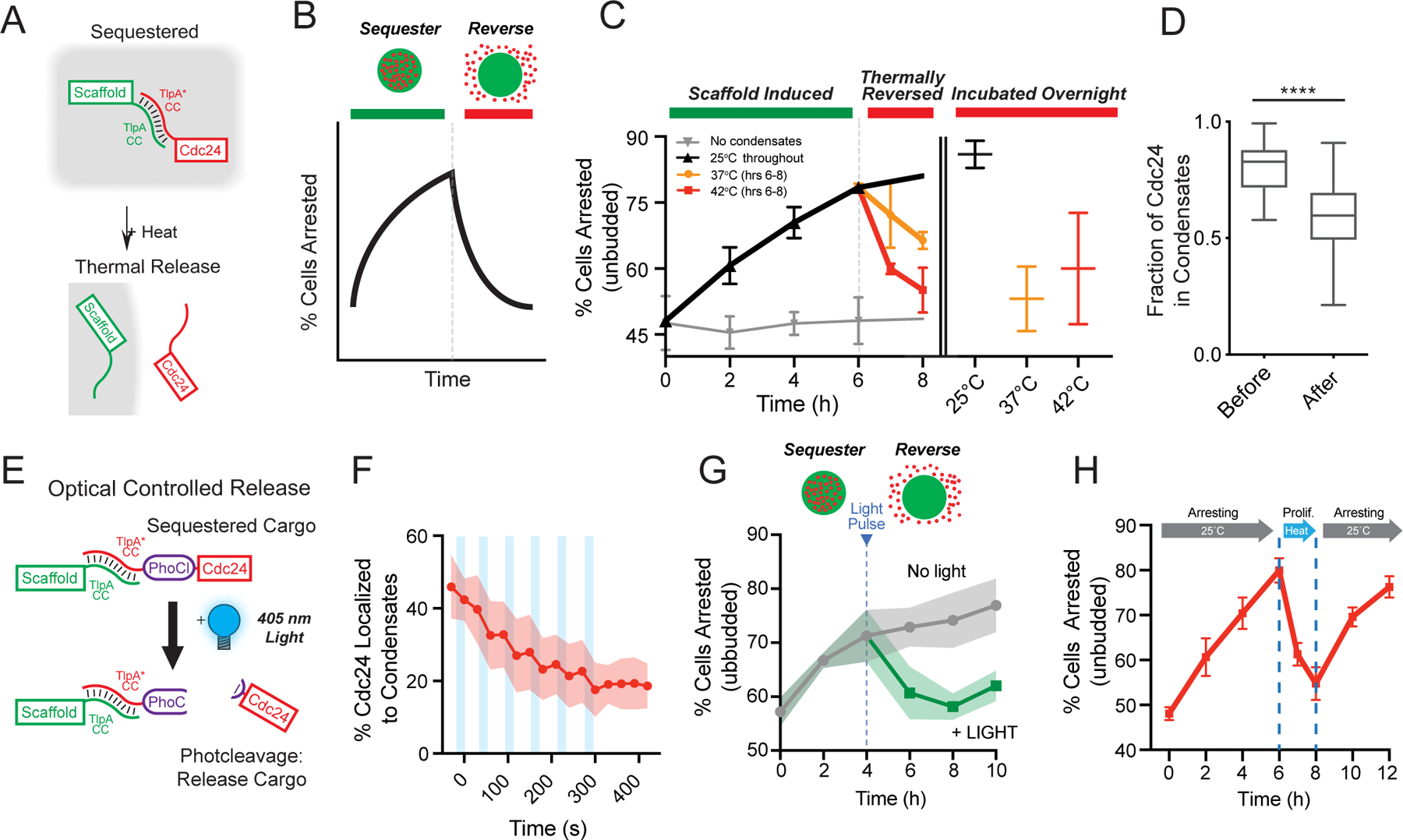Figure 4. Optical and thermal client release for reversible cell cycle control.

a, Schematic of cargo release using thermally responsive coiled coils. b, Schematic prediction of switch from cell arrest to proliferation upon release of Cdc24 from synthetic condensates. c, Average percentage of cells arrested over time. Scaffold expressed at 25°C to form synthetic condensates and induce arrest. After 6 hrs, cell heated to indicated temperatures to induce client release. Cells with no condensate expression represent baseline (light gray). Orange and red lines represent temperature increase to 37°C and 42°C, respectively for one and two hours (left), and overnight (right). Cells with scaffold expression maintained at 25°C (black). Data from three trials, n = 4369 cells in total. Error bars, s.d. d, Quantification of the fraction of Cdc24 in condensates before and after heating; 10 cells. e, Schematic: light-induced release of Cdc24 from condensates via PhoCl photocleavage on scaffold. f, Quantification of loss of Cdc24-mScarlet-TsCC(B) signal from condensates after short pulses of illumination (light blue bars, 10 sec each). n = 11 cells. g, Percentage of cells arrested over time after inducing synthetic condensate expression, comparing no illumination to 10 min UV light exposure of at 4 hr timepoint. n = 4928 cells pooled from three trials Shaded area, s.d. h, Cycling cells between arrest proliferation-arrest. 25°C from 0–6 hrs: scaffold expressed; 42°C for 6–8 hrs: client is released and arrest reversed; 25°C from 8–12 hrs: client re-recruited and arrest reimposed. Data are averaged from three trials and total of 4988 cells. Error bars, s.d.
